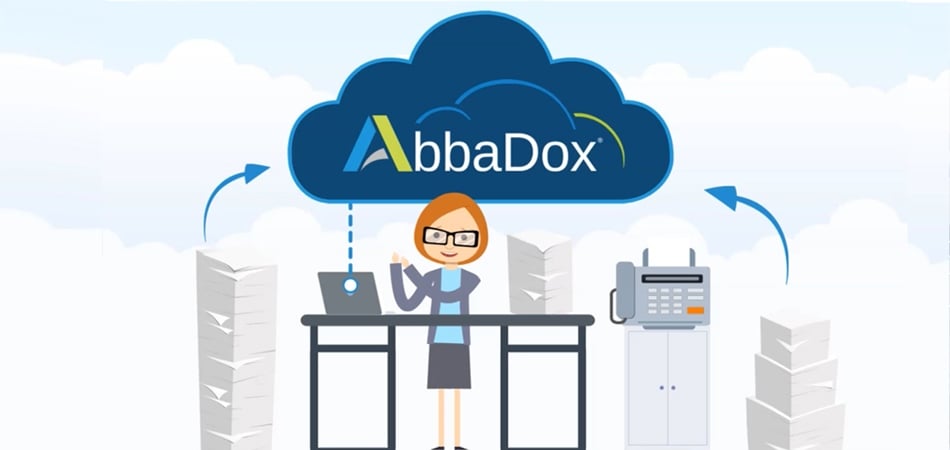Healthcare Organizations
Roughly over the past decade, healthcare organizations have been adopting health information solutions at an increasing pace. Yet in a startling contradiction, nearly 75% of medical records are still transferred over dedicated fax lines (1). What accounts for this disparity? While the Affordable Care Act provided a $30 billion impetus for drastic changes in standards for digital healthcare data, not much was done to overhaul the exchange and transfer of medical records between organizations. Due to institutional and financial barriers, secured communications investments and bi-directional interface coordination and costs, faxing will remain a preferred standard until regulatory agencies incentivize change or force organizations to comply with a new standard.
It’s not obvious to the outsider but faxing makes some sense. Healthcare delivery organizations have evaluated their current processes and investment costs only to determine that despite its shortcomings, faxing remains a reliable and cost-effective way to transmit medical documents. In many cases, moving to an entirely new standard is financially untenable: Faxes are easy to operate and offer an innate level of security without significant change. Expecting providers and referrers to change their workflows or worse yet, coordinate the financial and logistical challenges of bidirectional interfaces between all engaged parties is unrealistic in many cases.
What healthcare organizations face as a result of this patchwork is a seeming impossibility if not a paradox: Bring data exchange into the 21st century without breaking what, even if imperfectly, works well. That’s where emerging solutions to bridge the gap come into the picture. What is needed is a complete workflow solution that integrates digital faxing with sorting, task management, and EHR/RIS interoperability.
A standard order process involves receiving manual faxes, scanning and entering relevant data, attaching information into the EHR, and in many cases, manually faxing back the original order as incomplete with a request for more information only to be back to square one once the data is received again. Using an elegant digital faxing solution, these processes can all be performed without leaving the application and without manual faxing, scanning, and file management tasks. Eliminating these bottlenecks aids significantly in the reduction of turnaround times for registration and scheduling tasks while driving EHR/RIS workflows that have become commonplace in the post-ACA era.
Healthcare regulation will inevitably demand at some unknown point that everyone transmits data through a unified standard between organizations. Until that uncertain, investment-heavy point in time, organizations don’t have to wait to capitalize on the efficiencies that inter-organizational interoperability and secured data exchange promise. They can have it all now through an elegant digital fax solution using AbbaDox.
1.- Vox – Why American medicine still runs on fax machines
“75% of US medical communication happens by fax machine. What year is it? “
Oct 30th, 2017 (98 kB)
https://www.vox.com/health-care/2017/10/30/16228054/american-medical-system-fax-machines-why







